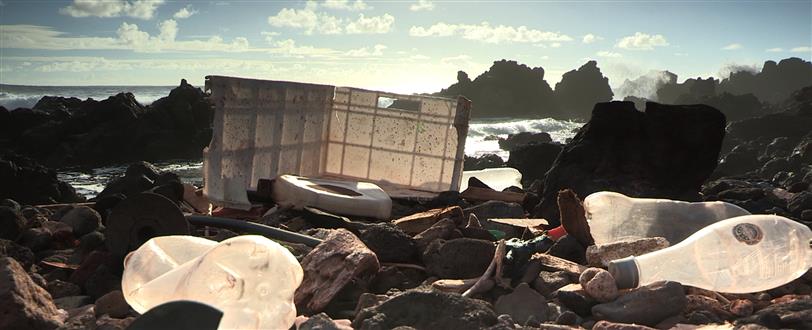Toughest Carrier Jobs
SCIENCE 1 x 60'
SCIENCE
plastic: the real sea monster
We know that millions of tonnes of plastic enter the ocean every year. But new research suggests it may be entering the human food chain. Also, scientists have noticed that the amount of plastic floating in the seas has remained constant for nearly twenty years, so where has the rest gone? Is this the biggest ecological disaster of our time?

Duration
1 x 60'
Production Company
Werwiewas Medienprduktion
YOP
2012
Definitions
SD HD
Awards
Winner - Environment Prize at Festival de L'Oiseau et de la nature France, 2013
Episode Information
Plastic floats. This is where our story begins. Millions of tonnes of plastic enter the ocean every year, from rivers and shores, ships and platforms. The world’s scientists have studied the phenomenon and come to alarming conclusions. Plastic contains synthetic hormones that are released when it breaks down. Once in seawater, toxins accumulate in plastic at a density a million times higher than normal. Fish and seabirds ingest the plastic, and it ultimately winds up in our bodies. Worse still, plastic doesn’t biodegrade. Instead, it becomes trapped in vast whirlpools of garbage called gyres. A few of these are larger than Spain and Portugal combined. This is what we know so far. But many questions remain. Scientists have noticed that the amount of plastic in the gyres has remained constant for the past twenty years, leaving millions of tons unaccounted for. Where has the plastic gone? We are now on the verge of solving a mystery that might uncover one of the biggest ecological disasters of our times.